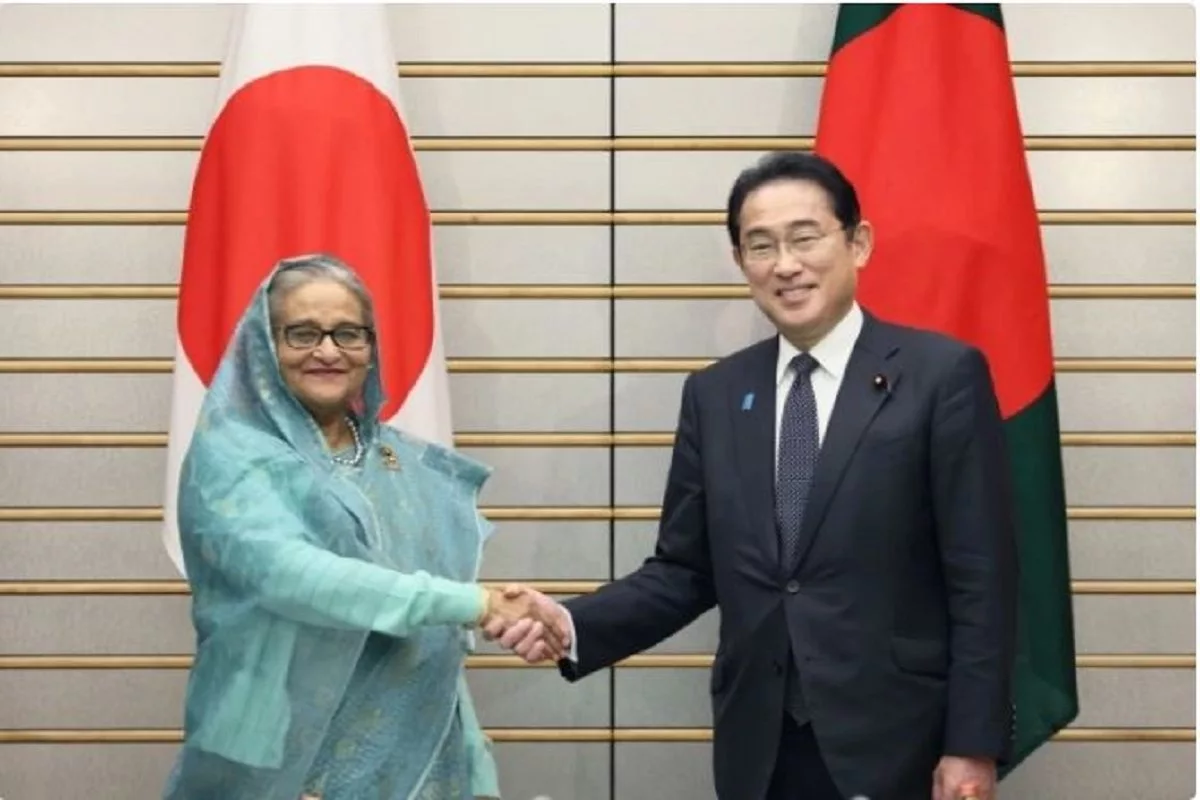
There has been growing momentum for the possibility of trilateral cooperation between India, Bangladesh, and Japan recently. This prospect has been driven by a number of factors, including the shared goals of Dhaka, New Delhi, and Tokyo of promoting a free and open Indo-Pacific region; the imperative for developing functional infrastructural links across the region; and the need to address common challenges such as terrorism, climate change, and natural disasters. At the core of the trilateral partnership lies the intent of creating an industrial hub in Bangladesh and realizing the potential of the landlocked Northeastern Region (NER) of India which is vital for expanding multimodal connectivity in the South and Southeast Asian region. The NER area has been one of the primary areas for Japan’s involvement in infrastructure development with the objective of enabling and boosting industrialization in the region and subsequently aiding in the establishment of functional regional industrial value chains.
Multidimensional cooperation
The idea of a new industrial hub for the Bay of Bengal and Northeast India was floated by Japanese Prime Minister Fumio Kishida during his visit to India in March and was further discussed at a meeting in Agartala in April among the foreign ministers of the three countries. There are already a number of areas where India, Bangladesh, and Japan are cooperating, and many more which are potential areas of collaboration.
Among the above-mentioned areas, trilateral cooperation could be particularly beneficial in infrastructure development. India and Bangladesh face major infrastructure challenges, such as inadequate roads, railways, and ports, particularly with respect to last-mile connectivity and cross-border connectivity. Tokyo, which has a long history of providing infrastructure assistance to the South Asian region could play a key role in helping India and Bangladesh to address their infrastructure needs. The trilateral partnership for improving infrastructure could translate into the betterment of regional connectivity networks thereby positively impacting trade and other sectoral areas of cooperation such as disaster response, people-to-people links, and tourism.
Considering the geography of eastern South Asia, the maritime domain is an important area of focus for the Delhi-Dhaka-Tokyo partnership in developing regional connectivity. Spanning across an area of almost 2.172 square km and framed by the coastal countries of India, Bangladesh, Myanmar and the island of Sri Lanka, the Bay of Bengal is the lifeblood of commerce and connectivity in the region. With a coastline of almost 720 km, Bangladesh considers the Bay to be its third neighbor, after India and Myanmar, and depends on the sea for over 90 percent of its international trade. For India, almost 95 percent of its international trade by volume and 77 percent by value is seaborne, of which a substantial portion moves through the Bay of Bengal. Providing the landlocked Northeastern states access to the Bay via Bangladesh is, therefore, high on India’s development agenda.

















